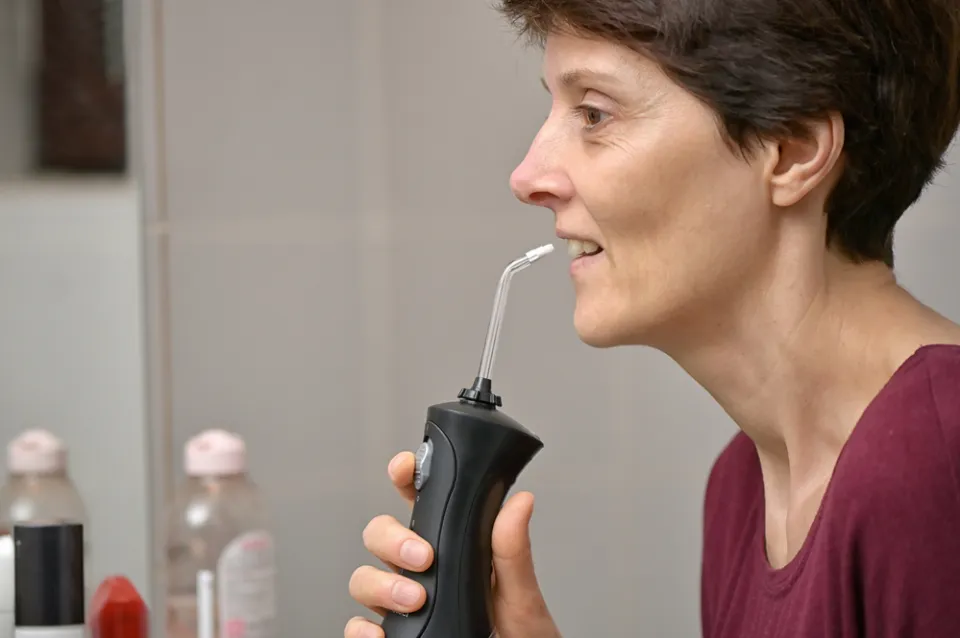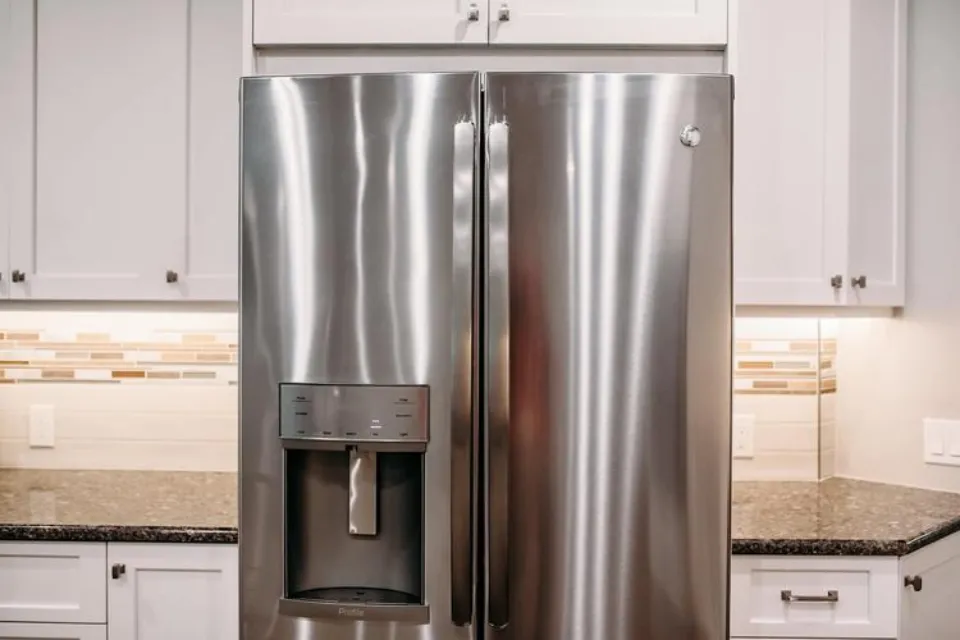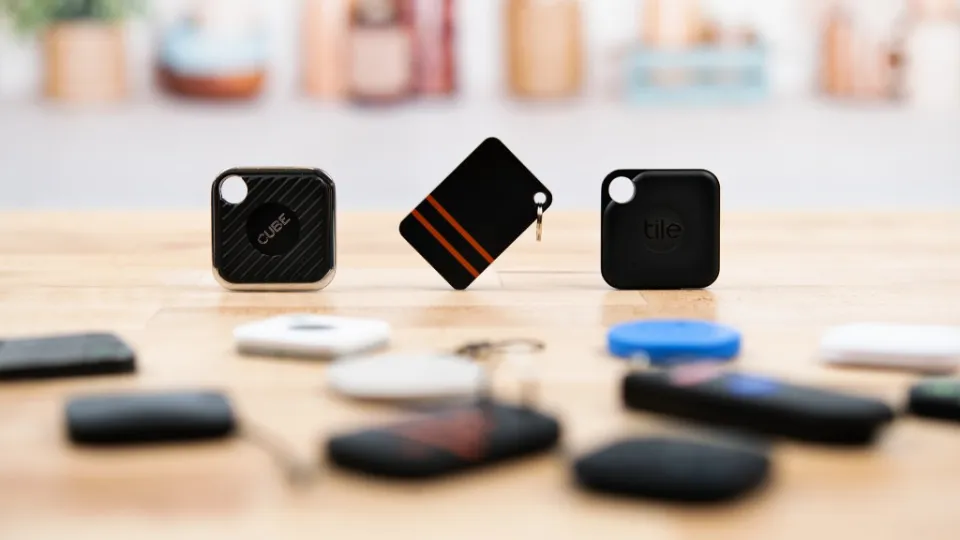Food debris that has been trapped would be the one factor, if we had to pick just one, that significantly reduces gum disease and overall oral health. We get bad breath from it, we get cavities from it, and we can’t just stop eating to avoid it. It is crucial to floss because of this.
You can use a soft cloth to wipe down the water flosser’s exterior to clean it. As long as it’s not abrasive, you can use a cleanser.
We’ve compiled some suggestions for using it and cleaning it simply below.
What is a Waterpik?
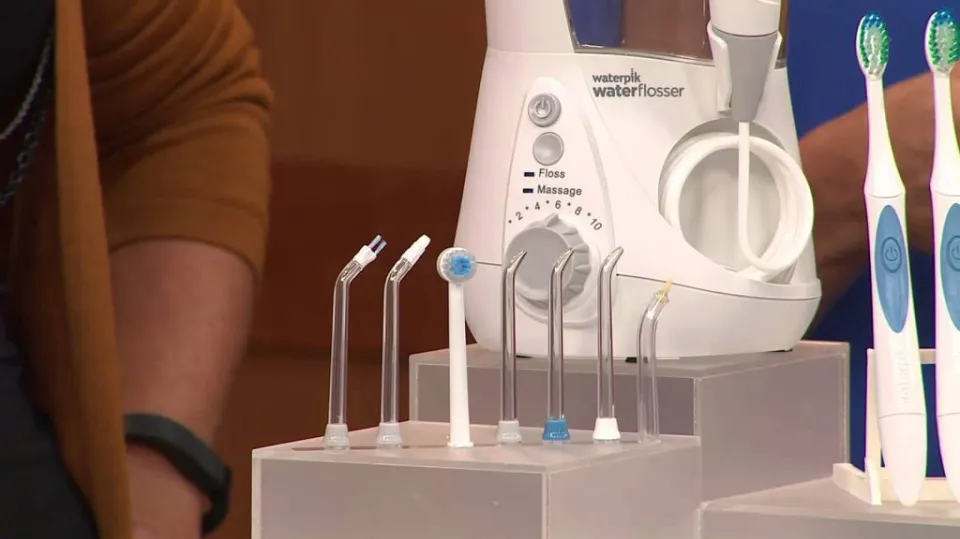
A Waterpik is a flossing device, as you may have guessed, that helps you keep your mouth clean, prevent the spread of the plague, and remove food particles. It’s also known as an oral irrigator, and it resembles the suction devices that surgeons and dentists use quite a bit. It is a great addition to brushing because it squirts water to remove food particles from the teeth rather than sucking up saliva.
You can typically select the strength from a variety of power settings on it. Many people have expressed how much the Waterpik has improved their oral health in the many positive reviews for the product. You use it by squatting over the sink and slightly closing your lips to stop splashing; the water will then pass over your teeth and gums before flowing into the sink. The Waterpik will do the job of flossing without being too abrasive and harming the gum tissue if you point it at the gumline and move it around each tooth.
How to Clean a Waterpik Water Flosser?
Step 1: Clean the Outside of the Unit
When cleaning the product’s exterior becomes necessary, use a soft cloth and a mild, non-abrasive cleaner.
Step 2: Clean the Water Reservoir
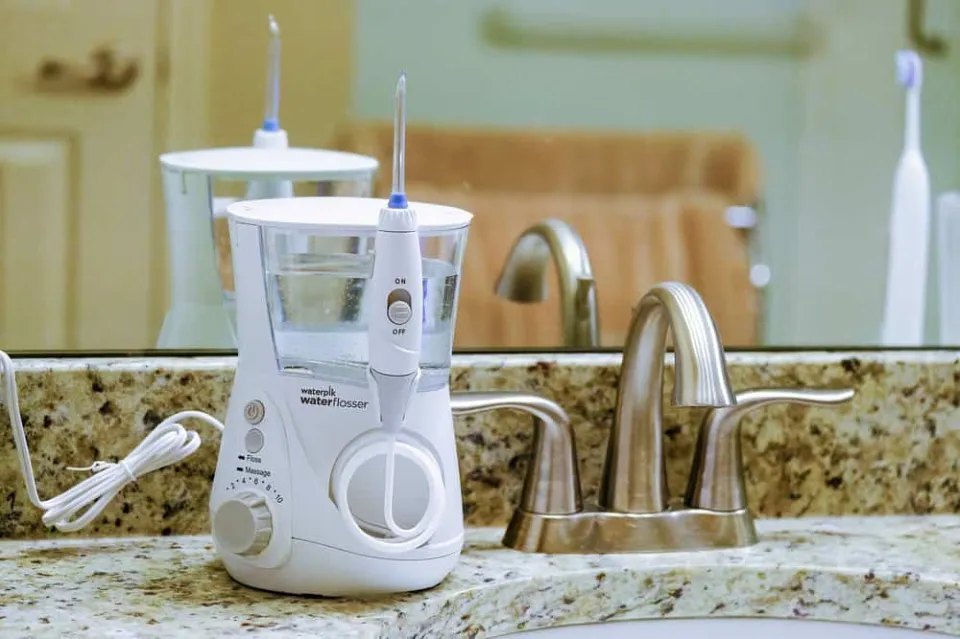
- Take the water reservoir out of the device. (If you need help, consult the instructions for your specific product.
- Use the bottom of the valve to push it out if using a countertop model that has a tiny black reservoir valve. By giving the valve a 30- to 45-second massage with warm water, you can clean it.
- To clean the reservoir, put it on the top rack of your dishwasher. As opposed to a heated dry cycle, we advise air drying.
- If a valve was removed, reinstall it in the reservoir before using. (Push the dome into position so that the four prongs are visible on the reservoir’s bottom, dome side up.)
- Additionally, reservoirs can be hand-washed in warm, soapy water.
Dishwasher safe on the top shelf is the reservoir.
Step 3: Clean the Internal Parts
- Mix 1-2 tablespoons of white vinegar with 16 ounces of warm water according to your model.
- Till the reservoir is empty, pass this solution through the appliance.
- Rinse repeatedly with a large supply of fresh, warm water.
Run the prepared solution through the appliance by combining white vinegar with a reservoir’s worth of warm water.
Step 4: Clean the Handle (Countertop Models)
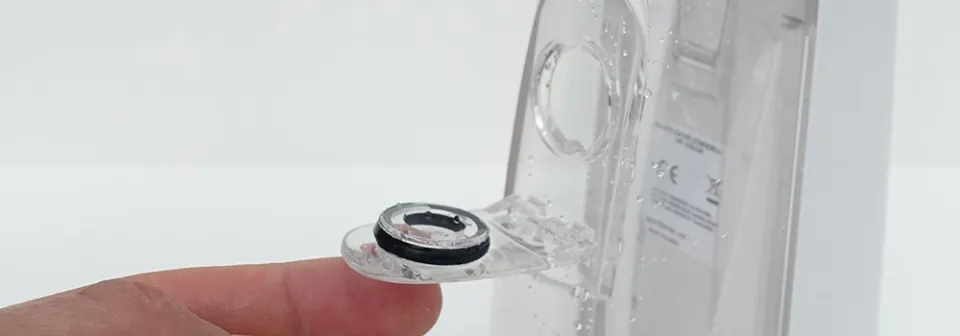
Note: The Radiance (WF-09) model’s handle should not be submerged in water because it houses an irreplaceable battery.
- Use the eject button to remove the tip from the device.
- 2 parts water and 1 part white vinegar should be combined to soak the Water Flosser handle for 5-7 minutes.
- Put the handle through a warm water rinse.
- Step #5 should be used to separately clean the Water Flosser tip.
Countertop unit handles should be soaked for 5-7 minutes in a vinegar/water solution.
Step 5: Clean the Flosser Tip
- Using the eject button, take the tip out of the device.
- The Water Flosser tip should be left in a solution of two parts water and one part hydrogen peroxide or white vinegar for five minutes.
- Put the tip in warm water to rinse it.
- Water Flosser tips should be changed every 3-6 months for long-term maximum effectiveness. Mineral deposits may clog the tips or otherwise harm them.
The Importance of Flossing for Your Dental Health
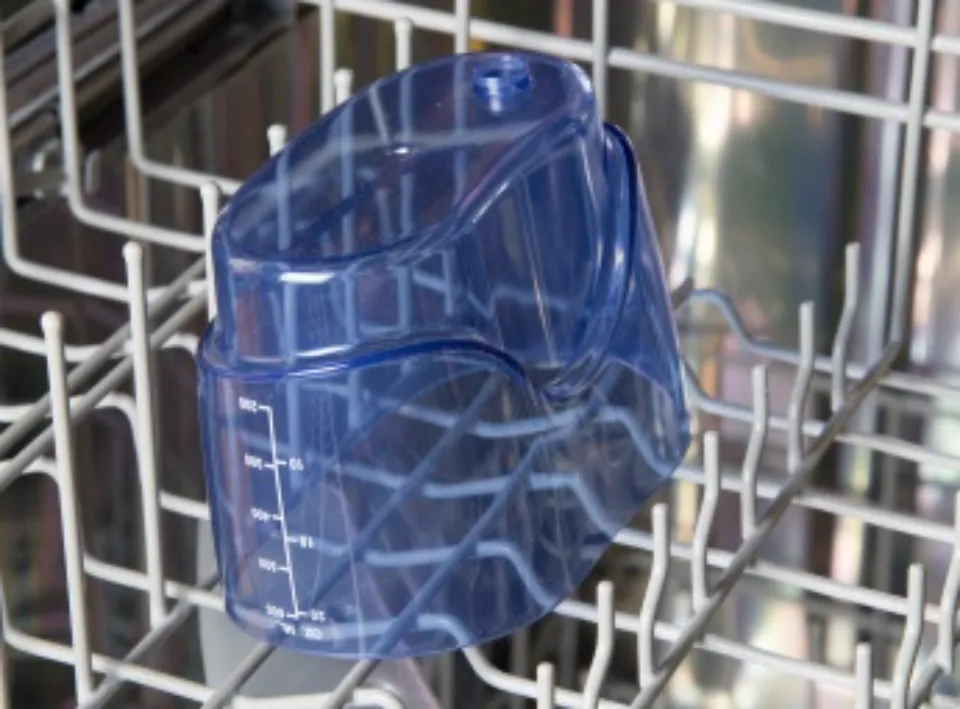
To maintain good oral health, flossing is just as crucial as brushing, but many people struggle to use dental floss, so they don’t. The Waterpik makes it so simple to use that you won’t be tempted to forget to replace your string floss.
Millions of bacteria inhabit your mouth, and brushing and flossing are necessary to keep the bacteria under control. Plaque, a sticky film made of the bacteria, covers the surfaces of your mouth. Plaque that has accumulated overnight on your teeth and tongue is removed by brushing as soon as you wake up. Plaque that has accumulated throughout the day on your teeth and tongue is removed by brushing before bed. To ensure that the plaque is taken out from between your teeth and below your gum line, flossing is necessary.
A Waterpik Is Gentler On The Gums
Some people easily bleed when using string floss because they have sensitive gums. Waterpiks use water pressure, so even though they remove plaque and debris efficiently, they are much kinder to gums and much gentler on teeth.
A Waterpik Is Easier To Use
When it comes to using string floss, there are some people who are more skilled than others.
Some patients may experience conditions that limit their hands’ range of motion, making flossing painful or uncomfortable.
Instead of using your hands to maneuver dental floss around each tooth, you only need to hold the Waterpik’s tip against your mouth when using it in place of string floss.
Water Flossers Make Flossing Fun For Kids
Getting young children to buy into brushing their teeth can be extremely difficult because kids have an innate resistance to self-care. By using a Waterpik, children can enjoy flossing without having to do any hard work. The fact that the plaque is being removed effectively also gives parents peace of mind.
Water Flossers Have Pressure Settings
The various technological features that come with water flossers allow you to customize it to your specific needs, making it both enjoyable and simple to use. A pressure setting enables you to change the water pressure as necessary, and built-in timers ensure that you always complete the task completely.
How Often Should You Clean a Waterpik?
There are several ways to clean a Waterpik, and we’ve listed some of the quickest methods here. In the sense that it needs to be cleaned every day, it’s not a huge burden, to start. In fact, it’s fine to give the house a quick wipe down once a week and then a thorough cleaning once every one to two months. Unless specifically instructed otherwise, the device should always be unplugged while being cleaned. The Waterpik is made of a number of components. the water reservoir, the control panel’s base, the connection to the flosser, and the flosser itself. Every three to five months, it is recommended to replace the flossing tip.
Deep Cleaning a Waterpik
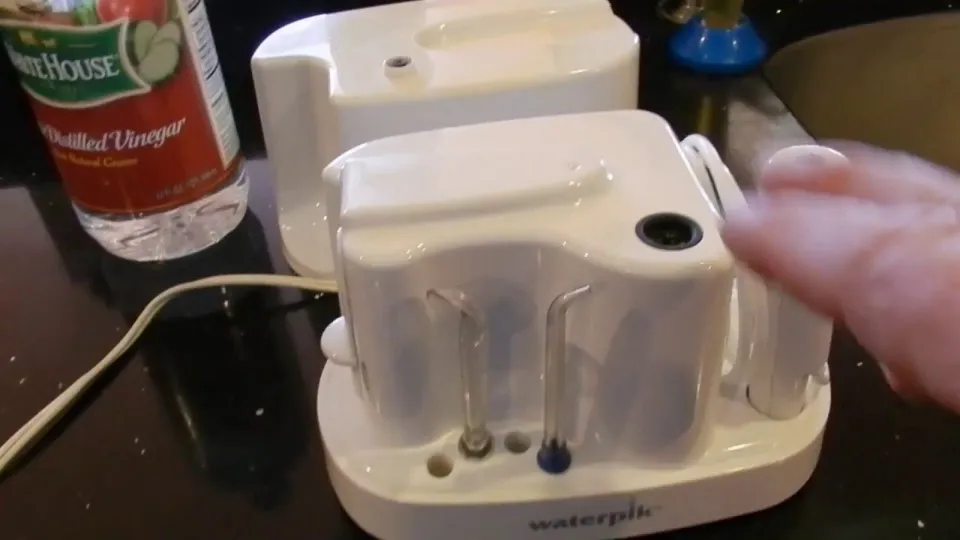
Empty the reservoir first, then rinse it thoroughly with water. Add two to five tablespoons of white vinegar to the warm water that was previously in the reservoir. Any bacteria that are alive will be killed by the dilute vinegar. So that the vinegar solution can pass through the tubes of the Waterpik, turn it on. The solution should be used up to half way before turning it off. In order to get the remaining solution to start trickling through the handle, turn the device off after that and remove the tip. Place the tip in a clean bowl of water and wait for the remainder of the solution to drain before continuing.
The vinegar included in the mixture will eliminate the mineral buildup brought on by hard water in addition to eliminating the bacteria. Pour warm water over the reservoir to clean it after the mixture has drained, and then refill it. Reassemble the Waterpik and turn on the appliance to circulate warm, clean water through the tubes. The only thing left to do is to drain the remaining water and refill the container so that it is ready for use. There’s always mouthwash solution to use if you don’t have white vinegar. Mouthwash should be placed in the remaining half of the reservoir after the water. Every three months, the Waterpik needs to be thoroughly cleaned.
When to Replace a Waterpik
While a Waterpik’s tip needs to be replaced every three to six months, with proper care, the device can last for many years. When there are indications of a leak, there is insufficient water pressure, or the machine has stopped working, you should think about replacing it.
Conclusion
Just as important as brushing and flossing your teeth is cleaning your oral hygiene equipment. With their numerous compartments and parts, Waterpik flossers are prone to bacterial growth. They will be exposed to all of the debris in your bathroom if you leave them on the countertop.
FAQs
How Often Should You Clean a Waterpik?
Cleaning and replacement of Waterpik tips should be done every few months or so. Mineral buildup from the water can accumulate inside the tips and impair performance. Ideally, bristle tips should be changed every three months. Regular cleaning should also be done on the water reservoir.
How Do I Keep Mold Out of My Waterpik?
Air purification expenditures. dumping out the water reservoir after each use, and soaking the tip in hydrogen peroxide at least once a week (thoroughly rinse it afterwards). as directed by the manufacturer, replacing the tip as soon as possible.
Do You Need to Clean a Water Flosser?
To help it continue to perform at its best, regularly clean your water flosser. Start by thoroughly rinsing the reservoir after each use. A few extra seconds here can help to extend the life of your Oral-B Water Flosser.

